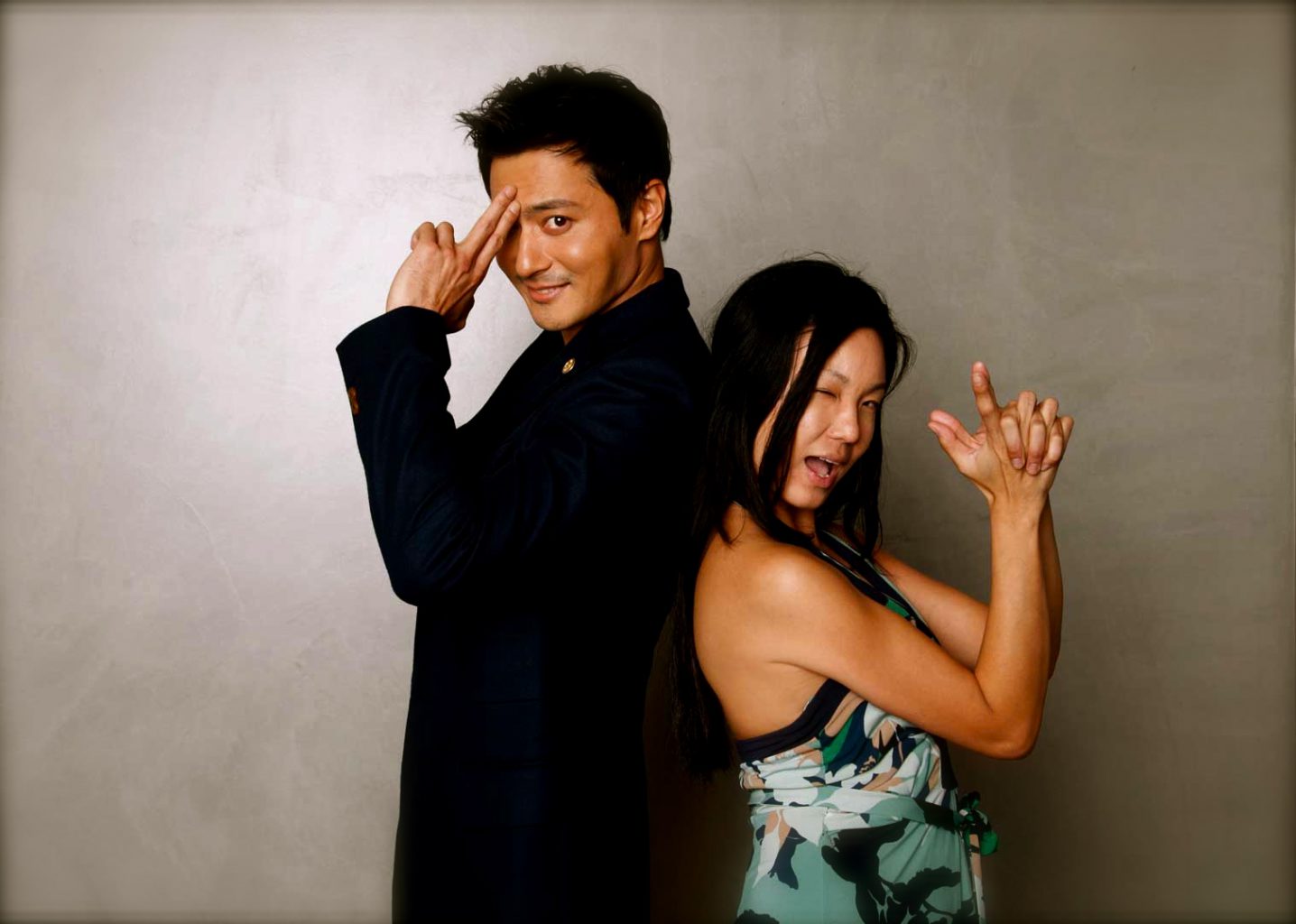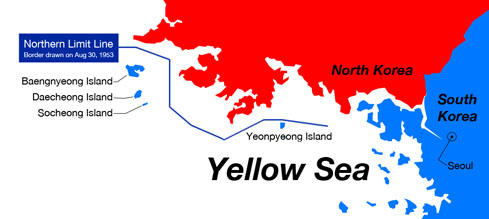Jang Dong-gun and Kai Ma, photographed in Los Angeles.
1) Jang Dong-gun. Yeah, the name doesn’t really roll off the tongue. And I’m never quite certain I’m pronouncing it right. But regardless, it’s a name you might be hearing more of starting this month. If you don’t watch Asian films, you probably have no idea who—or what—I’m talking about. But trust me, this guy is famous. In fact, he’s known, along with his wife, as the “Brangelina of South Korea.” (In May, his marriage to actress Ko So-young ended the hysteria surrounding their friendship and relationship, but now, more media attention is geared towards his genetically prosperous newborn. Sound familiar?)
On December 3, Jang will debut on Hollywood’s silver screen as an assassin in Sngmoo Lee’s The Warrior’s Way (Relativity Media). He’s also KoreAm’s last cover of the year.
The first film I saw Jang in was Taegukgi: The Brotherhood of War, a box office-smashing South Korean film (2004) that exposed the brutality of the Korean War through the story of two brothers drafted into the South Korean army. It’s a Saving Private Ryan-esque, ground level epic about Korea’s civil war—how it divided siblings, families and ultimately, a country. And as I type these words, the conflict this film dramatizes—which began in 1950—remains on the international radar, as both North and South Korea exchanged fire last month on the South’s Yeonpyeong island. In Julie Ha’s story, Korea experts interpret the violence, which killed four people, including two civilians, and provide some historical context for this latest clash in the Yellow Sea. This, unfortunately, is not a movie. But what these blockbuster dramas and real-life peninsular conflicts always seem to underscore is the simple—yet tragic—severance between kin. “The North Koreans are our brothers,” said a Yeonpyeong villager to NPR. “And our enemies.”
2) As I write my last editor’s note for 2010, I am reminded of the past 11 issues this magazine created to represent this year’s “Korean American experience.” The covers, which included the decennial census, Far East Movement, Asian America’s YouTube platform, “Generation 3,”and blogger Angry Asian Man, blanketed even more stories on North Korea, gays in the military, Haiti, golf, soccer, soccer-inspired flesh—and, of course, food, food and booze. Two of our cover Koreans, in fact, were just recently honored at our annual “Unforgettable” gala: Chan Ho Park, the first South Korea-born baseball player in the major leagues, and Grace Park, best known for her roles on Battlestar Galactica and Hawaii Five-O. And finally, Good Morning America’s JuJu Chang, was also honored with an achievement award in journalism. For this month’s profile on the jet-setting anchorwoman, Chang told KoreAm that five years from now, “I would love to be able to still be doing what I’m doing: telling great stories that impact people’s lives, that change the way we think and increase our compassion for one another.”
Who knows where KoreAm will be in five years? (Sorry to be a downer.) But two decades after its inception, KoreAm still sits in your hands (for others, it pops up on your screens). For this reason, I’d like to say, for the final time this year, Happy 20th Anniversary to what editor Julie Ha calls “the little magazine that could.” And for all you subscribers out there, take a moment, as I did this morning, to review the issues of 2010. As you will see, a hopeful story does emerge, defined by what was made possible, what was confronted and what is yet to come.
Happy Holidays.
—Kai Ma, Editor-in-Chief








